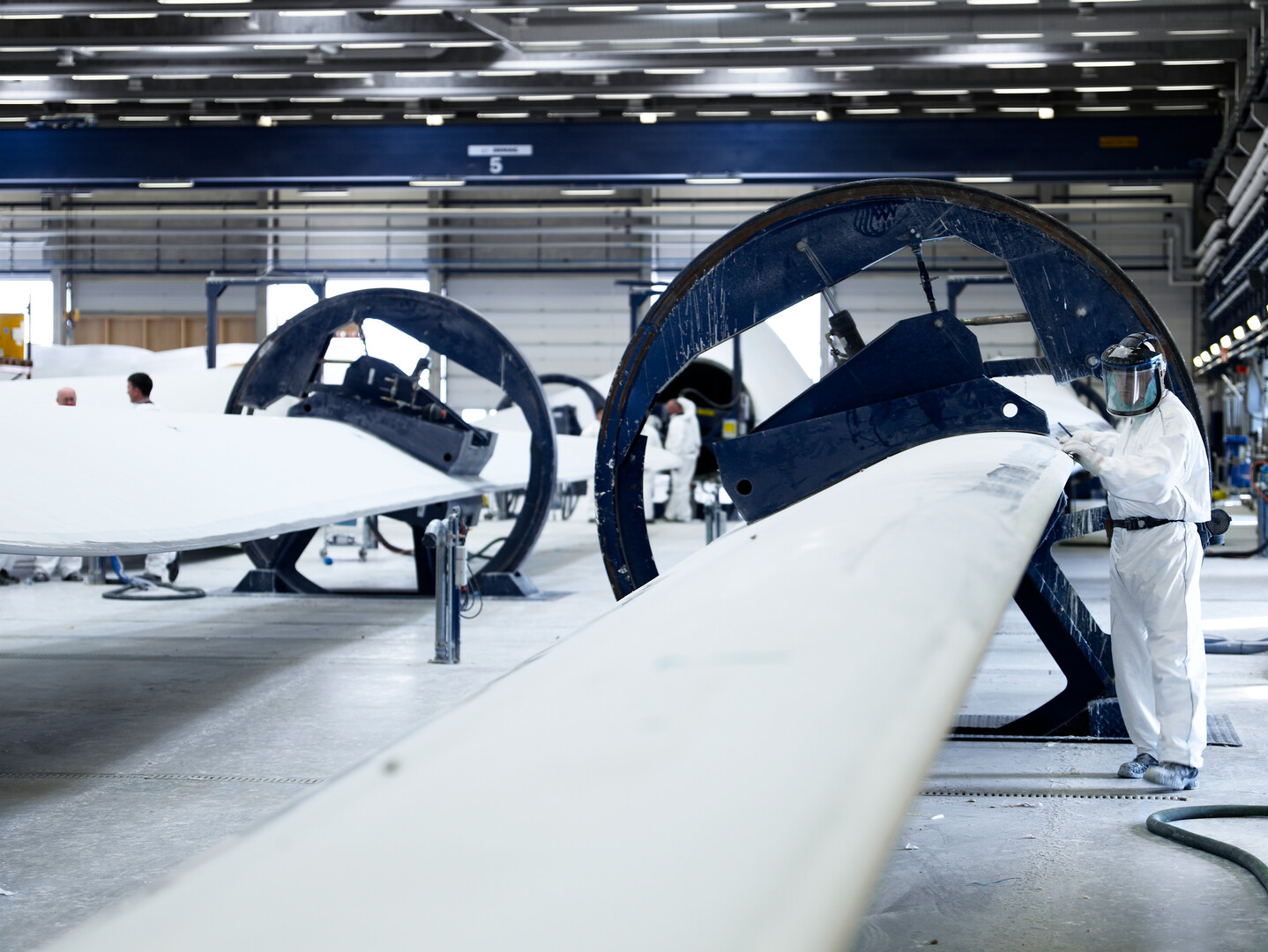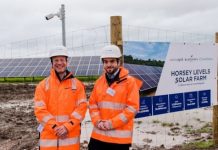Wind energy representatives & the government agencies who licence turbines moored in or floating above Britain’s briny have unveiled details of how to triple the sector’s manufacturing supply chain by 2034.
RenewableUK, the Offshore Wind Industry Council, the Crown Estate and Crown Estate Scotland say their Industrial Growth Plan plots a course to mark out the UK as a leader in offshore wind’s global growth.
The UK’s offshore wind industry already employs 32,000 people, the plan calculates. Each new big offshore turbine park can add £3bn to the economy.
Employment is set to rise to over 100,000 by 2030. Ten years further on, investment in new marine spinners will create an wealth of over £90bn for the nation, says the report.
Steps set out in the group’s plan would support an additional 10,000 jobs a year and boost Britain’s GDP by £25 billion more between now and 2035, if the nation can accelerate yearly offshore deployment to 6GW, in line with our net zero targets.
The UK, the researchers note, already boasts the world’s second biggest national pipeline of offshore wind projects at all stages of development. At nearly 100GW, that stands at more than six times the nation’s capacity now generating.
Choke points already noticeable in making, equipping and deploying maritime spinners could yet scupper those targets, though. The Plan identifies strategic new factories and manufacturing capabilities needed to head off the threat.
Key technology areas enabling uninterrupted investment include manufacture of wind blades and turbine towers, foundations, cables and other key components and services for projects, both in UK waters and for export.
Invoking new AI technologies, the document sets out plans to expand testing facilities for cutting-edge technology, such as new materials for blades and floating collars. Under the aegis of Britain’s Catapult technology stimulators, a new national innovation hub for the sector should be created, incorporating a new advanced technology institute.
Almost £3 billion of new funding must be directed at turbine enablement, says the report. With private finance doing the heavy lifting, a return to the economy of just under £9 for every £1 invested is possible.
Many of Britain’s competitors have introduced new incentives to attract investment in offshore wind projects and domestic manufacturing, hoping to replicate home success.
RenewableUK boss Dan McGrail said: “Our plan is the deepest dive ever into offshore wind’s supply chain, identifying the highest-value components and services which the UK should focus on to get the biggest economic bang for our buck from future wind farm development.
“For example, it shows that the UK will need three hundred giant turbine towers every year for offshore wind projects between now and 2030 to deliver government targets. The plan charts a clear course for us to ensure that we seize that massive economic opportunity”.
Energy secretary Claire Coutinho added: “Plans set out by industry today will work with our £1 billion Green Industries Growth Accelerator to make sure the UK can build out the supply chain – including the turbine blades and high-voltage cables that we will need to produce cheaper, cleaner, more secure energy.”
Read the industrial growth plan here.




